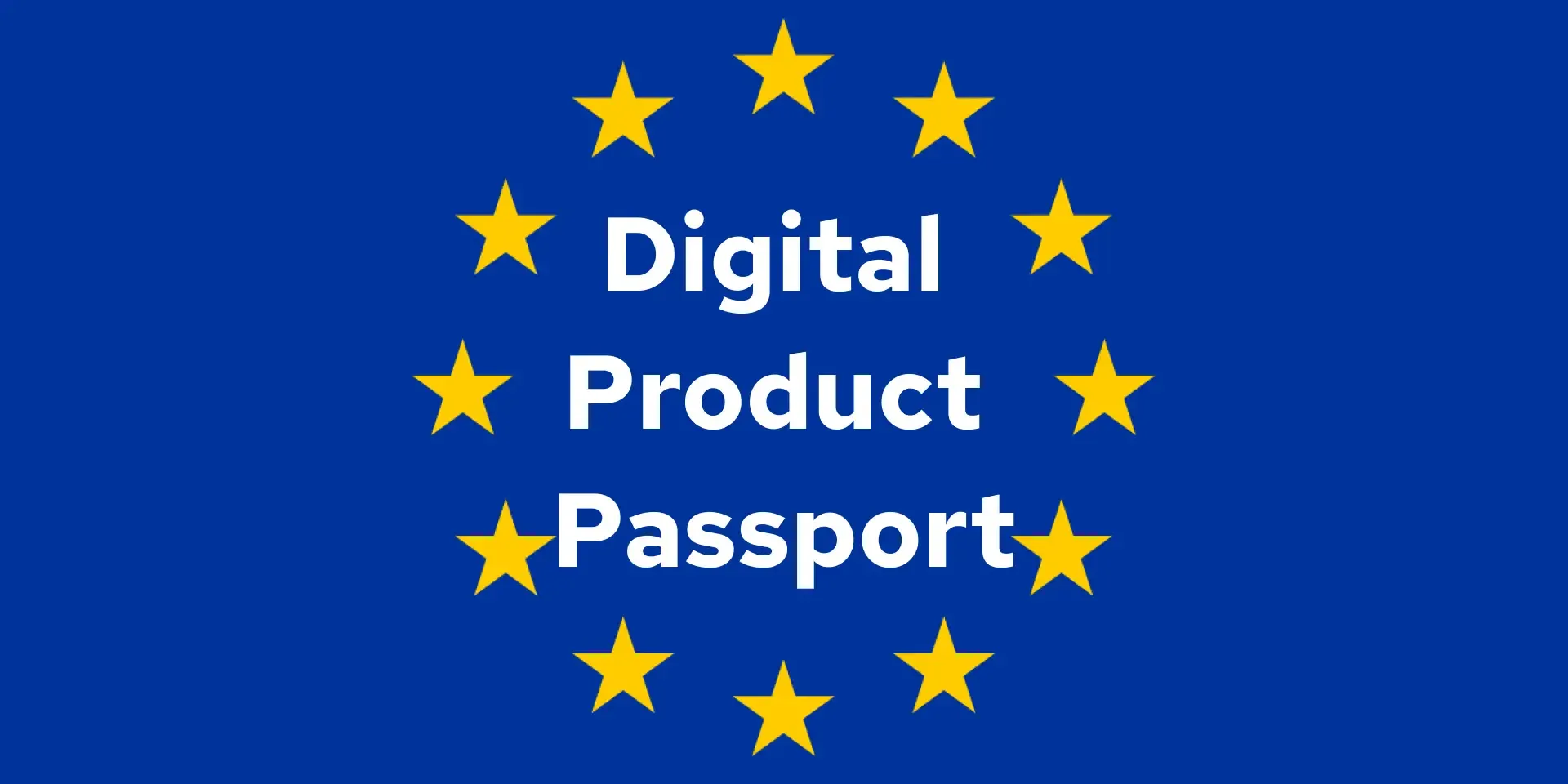
Europe’s Digital Product Passport (DPP): How To Prepare
Executive Summary
Starting in 2027, the EU’s Digital Product Passport (DPP) will make lifecycle traceability mandatory.
This article explains what the regulation demands, why central databases can’t meet its integrity requirements, and how DeviceStamp’s open blockchain infrastructure provides a verifiable, neutral foundation.
1. The European Shift: From Reporting to Proof
Europe’s Green Deal is no longer about disclosure — it’s about proof.
Under the Ecodesign for Sustainable Products Regulation (ESPR), every significant product sold in the EU will carry a Digital Product Passport (DPP):
a structured dataset describing materials, origin, repair history, and end-of-life handling.
By 2027–2030, DPPs will be mandatory across electronics, batteries, and textiles.
Sustainability moves from PDFs and claims to verified, machine-readable facts.
2. The Scale of the Challenge
A true DPP system isn’t a website — it’s a continental data infrastructure.
- Volume: Billions of devices, each generating dozens of lifecycle events
- Duration: Data must persist for 10–20 years
- Access: Open to consumers, customs, recyclers, and regulators — yet privacy-preserving
Traditional databases struggle with these demands:
- Dependence on central administrators → bias or failure risk
- Vendor lock-ins → breaks “open passport” principle
- No native proof of integrity → unverifiable trust
3. The Missing Layer: Verifiable Trust
For the DPP to work, Europe needs an infrastructure layer, not another portal.
That’s where DeviceStamp fits:
| Property | Description |
|---|---|
| Immutability | Records can’t be altered without consensus |
| Transparency | Access is equal for all participants |
| Longevity | Data outlives companies and software cycles |
This doesn’t mean tokenizing sustainability — it means using blockchain as the digital notary: the place where facts become permanent.
4. The Infrastructure Criteria
When choosing technology to anchor DPP data, three factors matter most:
| Criterion | Why It Matters | What DeviceStamp Provides |
|---|---|---|
| Trust (Finality & Security) | Data must survive regulatory, vendor, or policy shifts. | L1 final settlement directly on-chain, no external dependency. |
| Speed & Cost | Millions of lifecycle events must register instantly and cheaply. | Sub-second finality, low cost per proof. |
| Compatibility & Openness | EU policy requires interoperability, not proprietary silos. | Full EVM compatibility and Layer-0 bridging — connects to existing systems. |
5. Why the EU Needs Open Infrastructure
The DPP framework will succeed only if it’s interoperable across brands and countries.
A centralized EU registry could store references, but the proof of authenticity — the root of trust — must remain open and neutral.
That’s what DeviceStamp’s public infrastructure blockchain delivers:
- Each product gets a verifiable identity on an open ledger
- Each lifecycle event becomes a timestamped on-chain record
- Each participant (OEM, refurbisher, recycler) connects via whitelisted wallets and lightweight plugins
No single entity owns the truth — the network itself does.
6. Beyond Compliance: Circular Intelligence
Once the DPP base layer exists, new value emerges:
- Automated warranty validation through smart contracts
- Real-time ESG reporting verified against on-chain data
- Second-life market enablement through verifiable origin checks
When data integrity is guaranteed, trust becomes an asset class — fueling new efficiency and circular business models.
7. Why DeviceStamp Fits the EU Vision
The EU encourages energy-efficient digital infrastructure.
DeviceStamp’s proof-of-stake consensus consumes a fraction of Ethereum’s power while maintaining sub-second finality.
It supports cross-chain standards, ensuring future integration with national DPP nodes or industry-specific registries.
Its EVM-native design lets existing enterprise tools — wallets, APIs, dashboards — connect directly, removing re-development and vendor lock-ins.
That’s crucial when the network may involve hundreds of thousands of participants across Europe.
8. The Road Ahead
The DPP rollout will mirror PSD2 or GDPR — incremental but irreversible.
By starting with verifiable infrastructure, Europe ensures:
- Circular-economy claims become measurable
- Consumers see verified data, not marketing
- Compliance auditing becomes automated, not self-reported
Closing Line
The Digital Product Passport isn’t just a sustainability requirement — it’s a data-trust revolution.
Europe needs open, verifiable infrastructure to make it real.
DeviceStamp delivers that foundation: fast enough for billions of updates, secure enough for decades of proof, and open enough for every actor in the circular economy.
